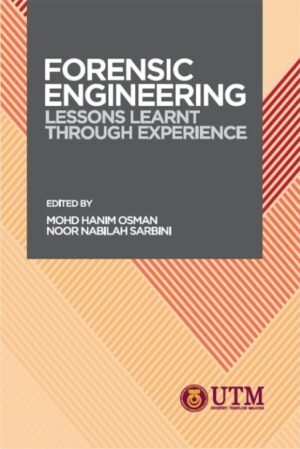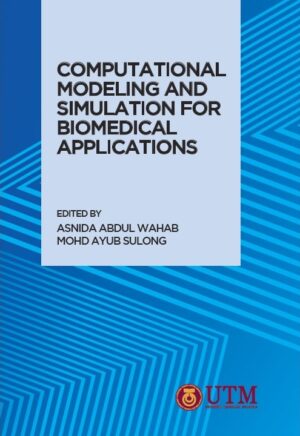Description
Palm oil mill effluent (POME) is a highly polluting by-product generated from the processing of palm oil. It contains a significant amount of organic and inorganic matter, making it a major environmental concern due to its high biochemical oxygen demand (BOD) and chemical oxygen demand (COD). The untreated discharge of POME can lead to severe water pollution, soil contamination, and greenhouse gas emissions, posing risks to both the environment and human health. As Malaysia is among the 193 member states who adopting Sustainable Development Agenda, the treatment strategy of POME should not be to limit the contamination level but to adopt various innovating strategies to recapture, reuse and recycle the POME into various usable products, creating a circular economy from POME, ending up with zero discharge of POME and achieving clean water and sanitation (SDG6).
Current POME treatment methods, such as anaerobic digestion and aerobic processes, are necessity to reduce organic load but fail to achieve the aim of zero discharge. Advanced technologies like membrane filtration, advanced oxidation processes and hybrids of biological and physical/chemical treatment systems offer promising solutions. Membrane bioreactor technology is among the promising solutions offering compact setup, shorter hydraulic time and ease of operation. Microbial fuel cells (MFCs) harness microorganisms to generate electricity while treating POME, effectively lowering BOD and COD levels.
Waste-to-wealth initiatives are transforming POME into valuable products. Anaerobic digestion not only produces biogas but also nutrient-rich biofertilizer. POME can also be processed into animal feed, reducing reliance on conventional feedstocks. Additionally, POME can be used to produce adsorbents for water treatment, biopolymers for biodegradable plastics, industrial enzymes, bio-oil, and pyroligneous acid through pyrolysis. These advancements support sustainability and a circular economy by minimizing waste, reducing environmental impact, and creating economic opportunities. The use of renewable energy and valuable by-products from POME helps lower greenhouse gas emissions and decreases reliance on fossil fuels.
In conclusion, integrating advanced treatment technologies and waste-to-wealth approaches can achieve zero discharge in POME treatment, promoting environmental sustainability and resource recovery in the palm oil industry. Ongoing research and development are essential to enhance these solutions’ efficiency and feasibility, contributing to a more sustainable and circular economy.





